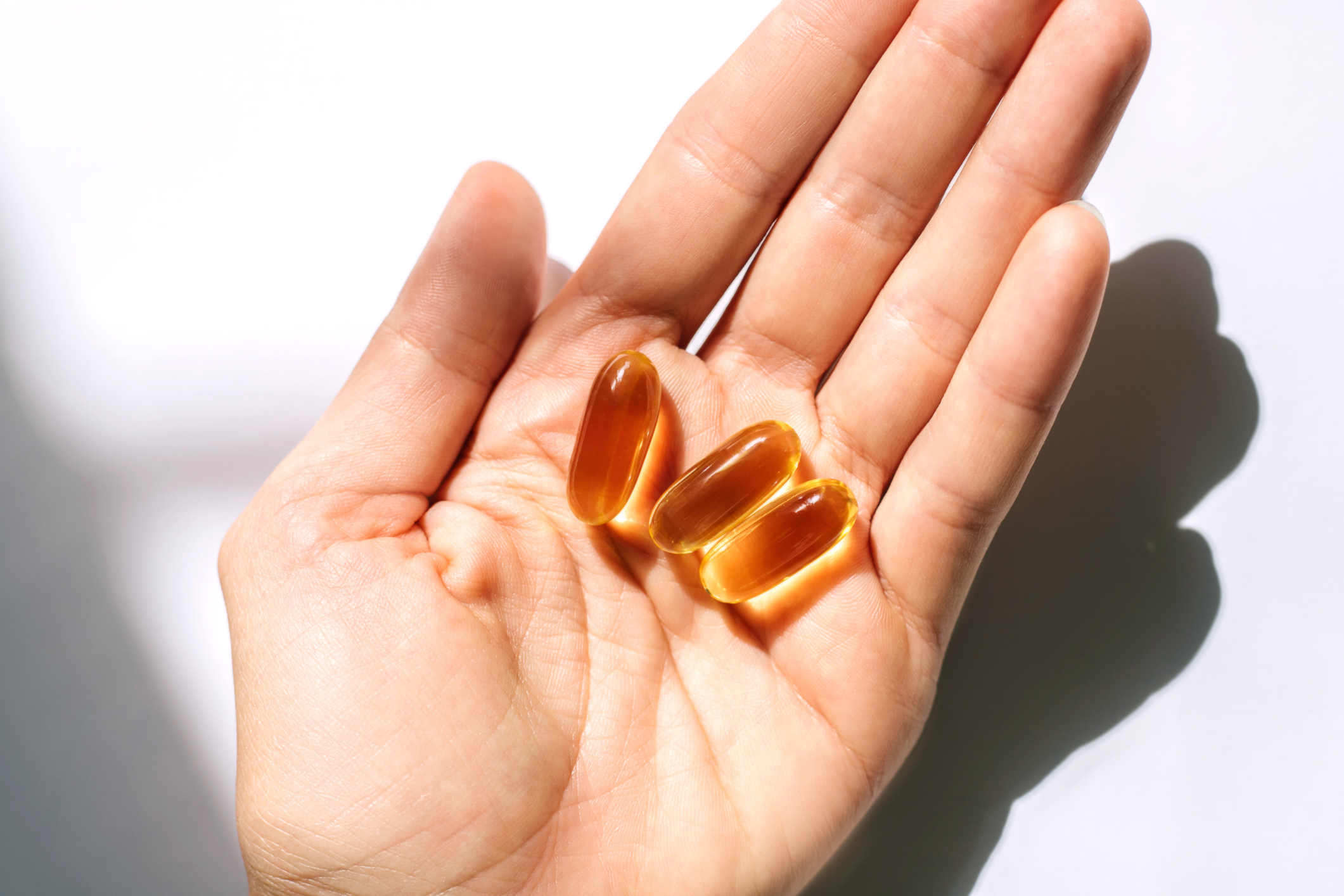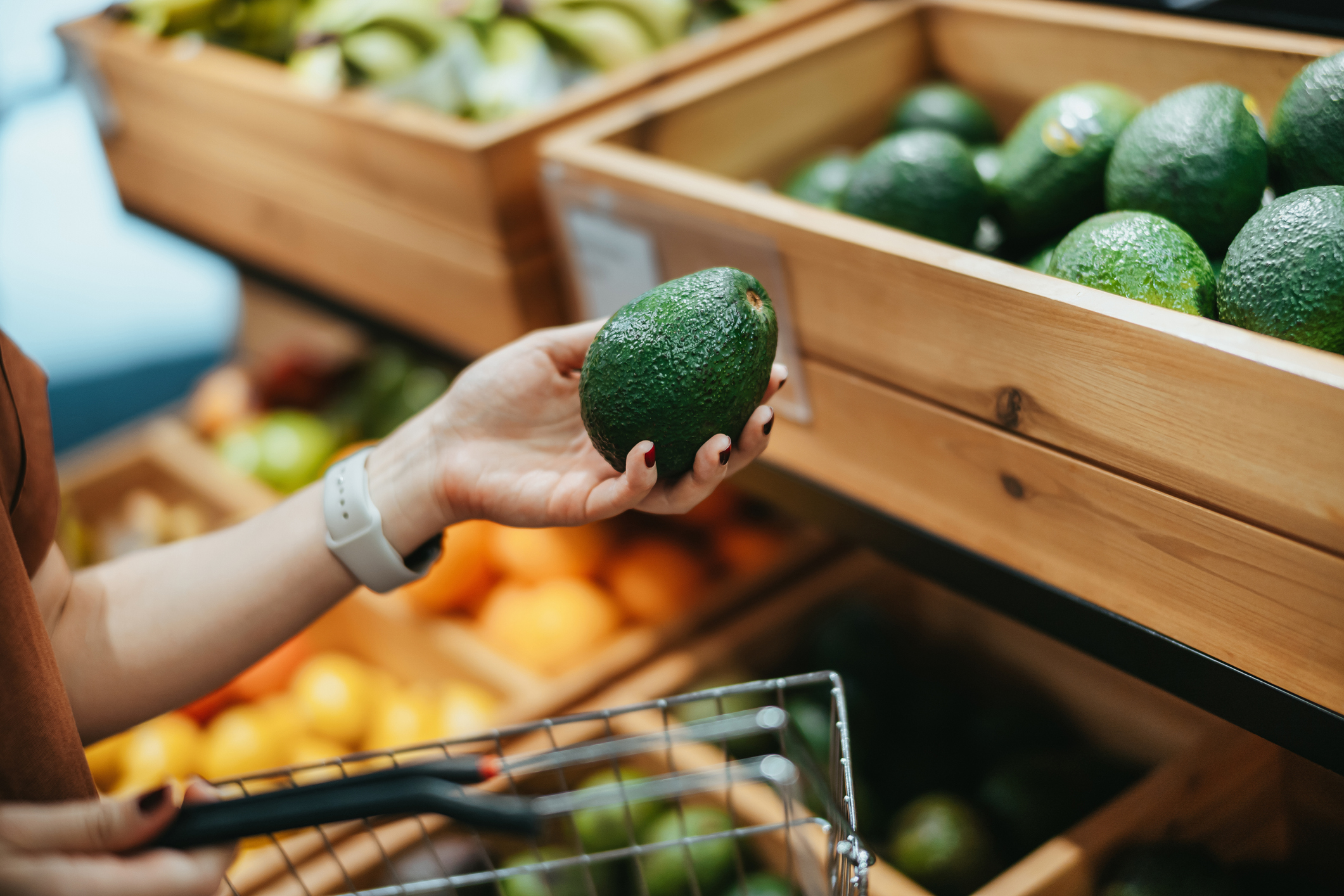Curious about Omega 3? Your guide to the health benefits, plus how to get more of it in your diet
From boosting brain health to reducing inflammation


From boosting brain health to reducing inflammation
You'll have heard of Omega 3 - a polyunsaturated fat that poses several health benefits. Normally emblazoned on food packaging and available in supplement form as cod liver oil capsules, chances are, you've only got a vague idea what the benefits of Omega 3 really are.
We've bought you guides to vitamin D foods, vitamin D recipes, and the pros of eating a vegan diet. Next up? To find out more about this nutrient and how to get enough of it in your diet, Dr. Vegan’s consultant nutritionist Shona Wilkinson shares her knowledge.
Omega 3 benefits: your guide
Wilkinson explains that Omega 3 is an essential fatty acid required by the body to make something called prostaglandins series 3, otherwise known as anti-inflammatory hormones. "Omega 3 oils are an integral part of cell membranes throughout the body and affect the function of the cell receptors in these membranes," she explains.
The beneficial compounds of Omega 3 are EPA and DHA, which your body then converts. "The downside is that an estimated 90% of the population are poor at converting ALA into EPA and DHA, and so we need to consume a considerable amount to really seek the benefits," she explains.
Some of the key benefits of Omega 3 include:
1. Improved brain health
Omega 3 - in particular, the DHA part of omega 3 - helps our brains function normally.
Celebrity news, beauty, fashion advice, and fascinating features, delivered straight to your inbox!
"Research shows that fish oils may help low mood, reduce anxiety, support memory and protect our brain cells, although these claims have not been officially approved yet," explains Wilkinson.

2. Improved cardiovascular health
Omega 3 can also help protect you against heart-related concerns such as high blood pressure or high cholesterol levels.
"For this benefit, your intake of DHA should be at a minimum of 2g per day, plus the source should also have some EPA," explains the expert.
3. Reduced inflammation
Research confirms that the Omega 3 fatty acids found in fish oil can help reduce inflammation.
"Studies are being done to examine the link between Omega 3 and improved rheumatoid arthritis, gut-related inflammatory conditions such as ulcerative colitis, hormonal imbalances, dry eye syndrome, and inflammation after intense exercise, as well as healing and repair," she goes on.
Read our guides to gut health and gut health hacks, here.

4. Absorbtion of other nutrients
Did you know? Omega 3 also helps us to absorb other fat-soluble nutrients, like Vitamin A, D, E and K.
The consumption of fish also provides you with a good source of protein.
5. Improved eye health
Particularly important for kids, consuming Omega 3 daily contributes to the normal development of visual health in infants up to the age of one.
What happens if you don't get enough Omega 3?
Wilkinson explains that, although the signs are not always obvious, omega 3 deficiency can show in the form of:
- Dry skin
- Poor memory
- Poor cardiovascular health
- Poor eyesight.
10 foods to help you include more Omega 3 in your diets
You can get Omega 3 through supplements made from either fish oil or algae (it's a good vegan source, FYI). Not a fan of supplements? There are plenty of ways to get Omega 3 through the foods you eat, too.
Try the following:
1. Chia seeds
Chia seeds contain ALA - they'll need to be converted in the body - but, fun fact: you can get 17,552mg of omega 3 per 100g.
"This may seem like a lot, but we first need to convert it into EPA and DHA, plus an average serving of chia seeds in a chia pudding is 30g," explains the expert.
2. Mustard seed oil
Mustard seed oil contains a whopping 5,900mg of ALA per 100g. "Use on salads or straight off the spoon."

3. Oregano
There's 4,180mg ALA in 100g of dried leaf Oregano.
Try this: Add it to dishes for a flavourful meal - but do note, 100g is a lot of oregano for one meal (aka, too much).
4. Oily fish
Fish is one of the best things to eat to up your intake of Omega 3.
"Salmon contains 2,018mg Omega 3 per 100g, Mackerel 1,422mg per 100g and herring 2,218mg per 100g," explains the expert.
Opt for: 100g of fish is for the average portion size. Try to buy wild fish where possible, too, as it tends to contain fewer contaminants.

5. Walnuts and walnut oil
A great source of Omega 3? Walnuts. They contain 2,006mg of Omega 3 per 100g. "The oil contains 10,401mg per 100g, and is great to use as a salad dressing," she advises. Although, again, note: do avoid cooking with it as it can denature the structure.
6. Oysters
Fun fact: oysters contain 601mg of Omega 3 per 100g. That’s one large Omega hit.
7. Spinach
Containing 371mg of Omega 3 per 100 grams, spinach is a leafy green worth adding to your diet.
"I recommend trying creamed spinach, a delicious Romanian recipe made with spinach, garlic, and milk," she explains.

8. Chinese broccoli
Containing 258mg of omega 3 per 100g, Chinese broccoli is different from English broccoli but equally as tasty. "Try adding it into a stir fry for a Chinese twist or eating it raw with a dip," Wilkinson advises.
9. Sesame seeds
Sesame seeds are delicious added to cooking or eaten as Tahini in dips such as hummus, plus they contain 236mg of omega 3 per 100g.
10. Flax seeds and flax oil
Finally, flax seeds contains 27g of Omega 3 per 100g, while the oil contains 45.26g per 100mg.
Try this: "Use the oil as a dressing on salads but again, avoid cooking with it," she advises.
